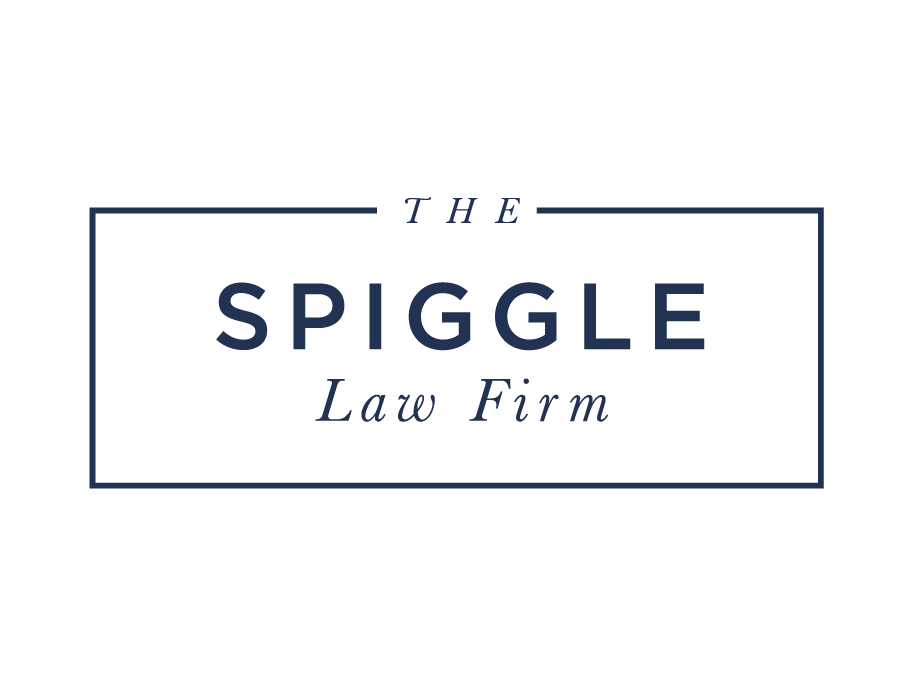Table of Contents
ToggleAge Discrimination Guide
Age discrimination happens far too often in workplaces across the nation. Whether you witness or experience age discrimination, it’s not always easy to identify it or know what to do when it happens. To help you take action that can protect your rights and interests, this guide on age discrimination explains:
5 Steps to Document Workplace Discrimination
- What Age Discrimination Is
- Signs of Age Discrimination
- Age Discrimination Statistics
- How to Document Age Discrimination
If you need to talk to an age discrimination lawyer for confidential answers ASAP, simply contact The Spiggle Law Firm for a free, no-obligation consultation.
What Is Age Discrimination?
Age discrimination or “ageism” describes unfavorable treatment of a job applicant or employee due to their age. The Age Discrimination in Employment Act (ADEA) of 1967 establishes protections against age discrimination for individuals who are 40 or older, prohibiting adverse decisions solely based on age during the processes of:
- Hiring new staff
- Assigning roles and/or shifts
- Making firing choices and layoff decisions
- Promoting employees or establishing compensation packages
- Training employees and/or setting them up for advancement
Notably, the law defines age discrimination as targeting individuals 40 and up; in other words, individuals who are 39 and younger cannot typically bring age discrimination claims under this statute. They may, however, have the grounds to file another workplace discrimination case.
That’s why it’s crucial to consult with a discrimination attorney whenever you suspect that you have been the target of discriminatory actions at work.
Signs of Age Discrimination
Recognizing age discrimination isn’t always easy. It can be less challenging, however, when you know these common signs of age discrimination.
1. Inappropriate Age-Related Comments
Jokes or derogatory comments about age, like calling someone “over the hill” or “too old for this,” can be verbal forms of harassment that may point to more widespread age discrimination. This can be especially true when managers or company leaders are engaging in these comments or implicitly supporting them by ignoring them or laughing at them.
2. Favoritism Toward Younger Employees
Consistently favoring younger employees for promotions, key assignments, or professional development opportunities can be a red flag of age discrimination. This type of favoritism can also occur when it’s time to shift roles, demote certain staff, or make layoffs if an employer is targeting employees over 40 for these negative actions.
3. Hiring Younger Applicants Only
Overlooking older, qualified candidates for job opportunities while hiring younger not as qualified (or even unqualified) applicants can also be a form of age discrimination. Here, it can be difficult to know who’s getting hired and who isn’t, especially if you’re an applicant or you’re not in HR. Looking at current staff — particularly those in lower-lever positions — may provide a window into who the new hires tend to be and what ages they may skew toward.
4. Unfairly Negative Performance Reviews
Older employees may receive unjustifiably poor performance reviews that do not reflect the quality of their work and, instead, are designed to demote them or push them out of a company. When this occurs, it can also be a form of age discrimination.
5. Age-Based Exclusion
More mature workers may be purposely kept from joining certain meetings, projects, or social events that could impact career advancement. When that’s happening consistently and not as an oversight, age discrimination could be at play.
6. Retirement Pressure
Leaning on more mature workers to retire or take an early retirement package can be another subtle way age discrimination rears its ugly head in workplaces.
Age Discrimination Statistics
The facts and statistics on age discrimination detail just how prevalent and problematic this illegal practice is:
- Prevalence: Nearly 1 in 4 workers age 45 and older have heard supervisors or coworkers make negative comments about their age.
- Reporting: Only 40% of workers who experience age discrimination report it to their employer or relevant authorities.
- Unemployment: Older job seekers are unemployed for an average of 36 weeks, as compared to 26 weeks for younger job seekers. That means it typically takes more mature job applicants roughly 2.5 months longer than the younger competition to find a job.
- Workplace Impact: About 64% of workers say they have witnessed or experienced age discrimination in the workplace.
- Job Loss: Older workers are more likely to be laid off and less likely to be rehired than younger workers.
How to Document Age Discrimination
Whenever you suspect age discrimination is targeted at you, here’s what you can do to document the incidence(s) and preserve potential evidence for a future claim:
- Keep a Journal: Log details and records of any incidents that you believe could constitute age discrimination. Include dates, times, locations, individuals involved, and descriptions of what happened, including any comments made.
- Save Correspondence: Retain any and all emails, text messages, performance reviews, and/or any other written communications that may provide evidence of discrimination. Consider making a backup copy of physical documents by taking photos of them or scanning them.
- Gather Witnesses: Identify coworkers or other individuals who witnessed the discriminatory behavior and who may be willing to provide statements. If witnesses do provide statements to you, request that they do so in writing or via a video recording so that you can retain as many details of their statement as possible.
- Document Job Performance: Keep copies of job performance evaluations, awards, commendations, and any other documentation that demonstrates your work performance and qualifications.
- Talk to an Attorney: Seek legal counsel to get more info about your rights and options.
An Experienced Age Discrimination Lawyer Is Ready to Help You
Age discrimination can be traumatic, embarrassing, and financially harmful. It’s also against the law, unethical, and 100% unacceptable.
If you or a loved one may have been subjected to age discrimination, it’s time to talk to a trusted age discrimination lawyer at The Spiggle Law Firm. We can explain your rights and the best options for justice.
Call (202) 643-5974 or email us for a free, confidential consultation and more answers about a potential age discrimination claim.
At The Spiggle Law Firm, our 5-star lawyers represent clients in all types of age discrimination claims, providing strategic representation in and out of the courtroom while consistently fighting for justice, the maximum possible recoveries, and the best possible resolutions.





